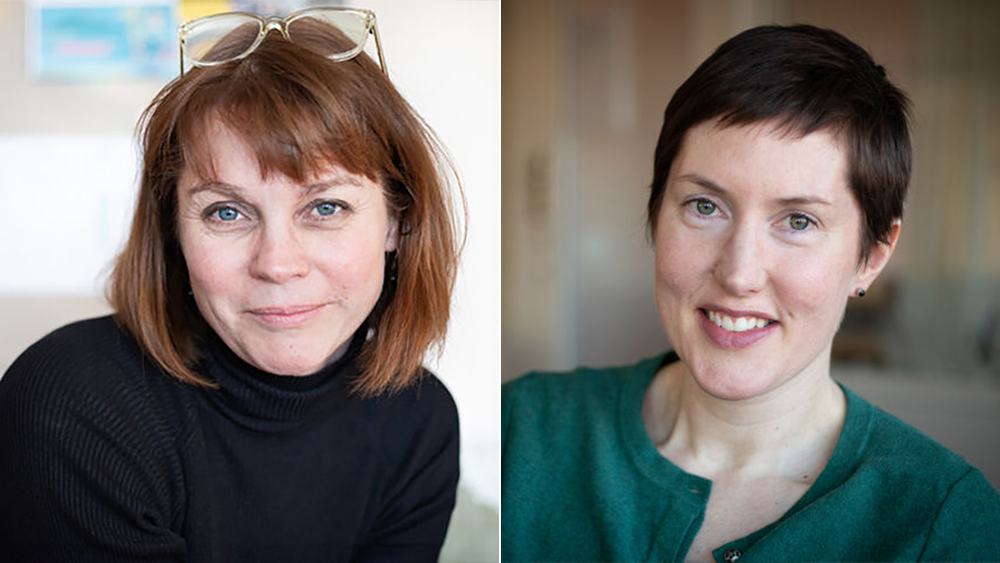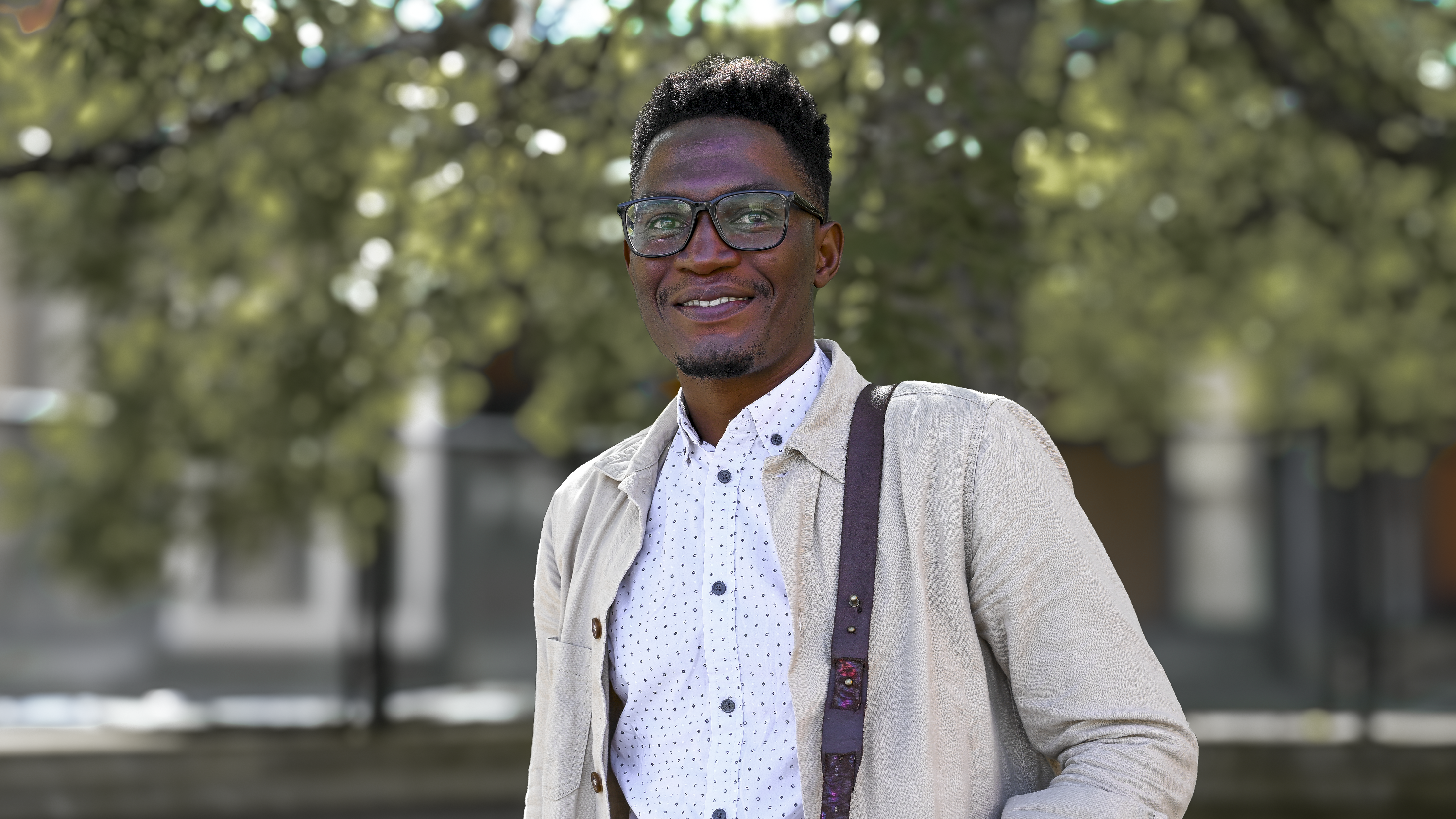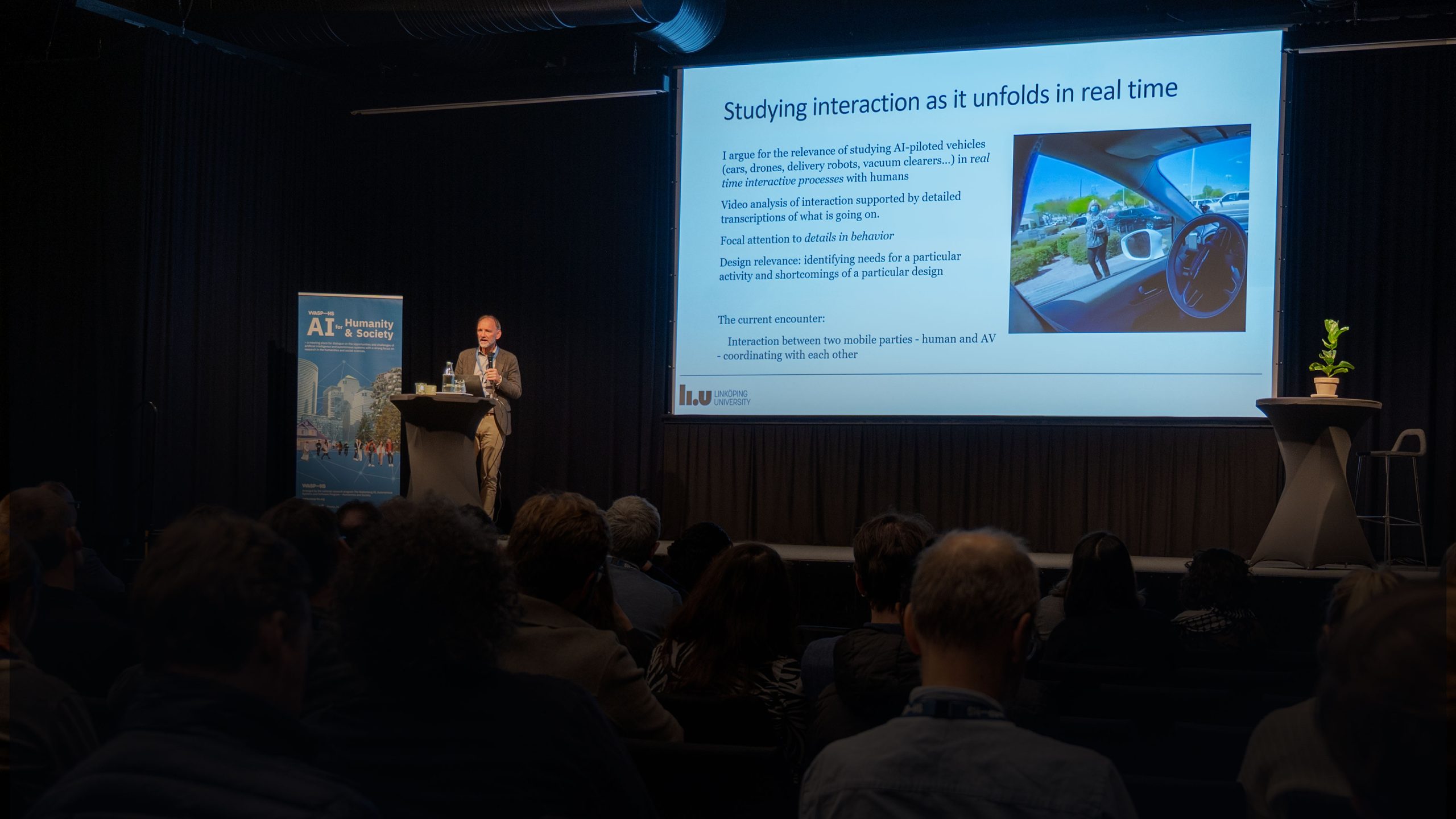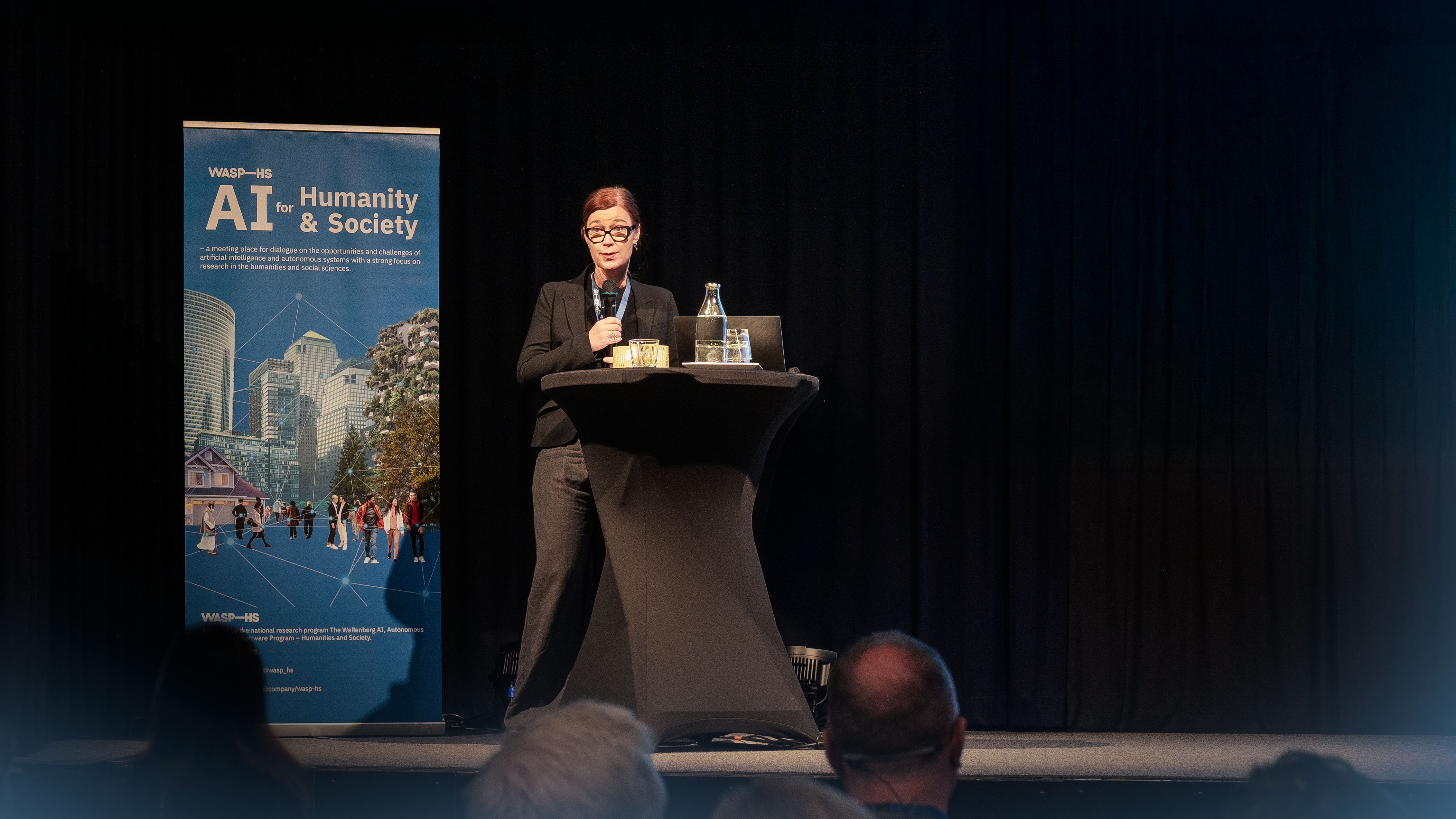On February 16th, the research team working on the WASP-HS funded project The Ethics and Social Consequences of AI & Caring Robots. Learning Trust, Empathy, and Accountability hosted an interactive workshop about critical robotics. Inspired by the creative facilitation practices engaging interdisciplinary researchers at the Durham Institute for Medical Humanities, the core exercise of our workshop involved mapping the field of critical robotics, literally.
We started the day with a slow introduction round, giving the 25 of us, most of whom had not met the others in the room, a mental map of our conversation partners. This included a digital greeting from Sara Ljungblad, whose work with critical robotics conference sessions and the special issue of AI & Society (2021) has inspired many of us. Participants were largely international, and came with varied academic backgrounds, too, from literary studies, philosophy and critical theory, to creative design, conversation & interaction analysis, and people in computer science, cognitive science and cognitive systems.
Our first exercise of the day saw us breaking into small groups and drawing our collective maps of the field. During this we were prompted to consider not only what shape the field might take, but also what distinctive features might be part of the landscape (from “the superhighway” connecting policymakers and industry to the “graveyard of dead robots/collaborations/ideas”) and what dangers might be lurking (“Where be there dragons?!”)
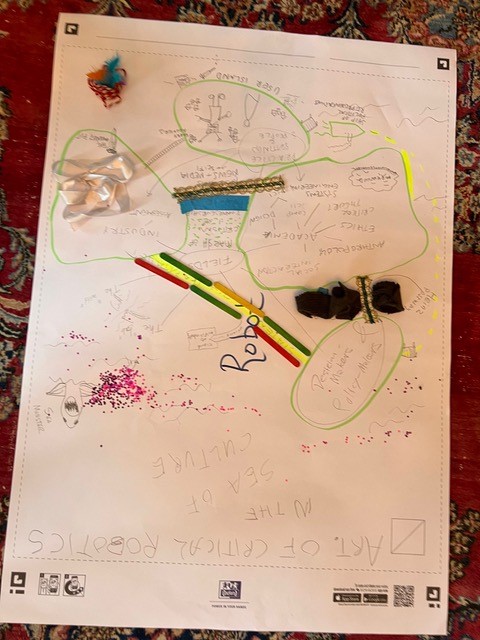
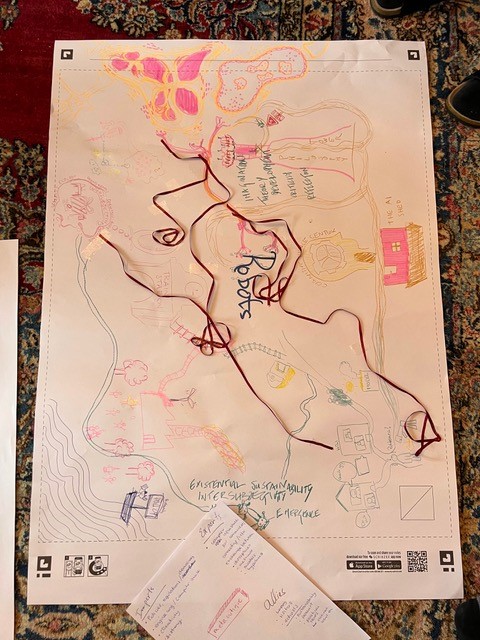
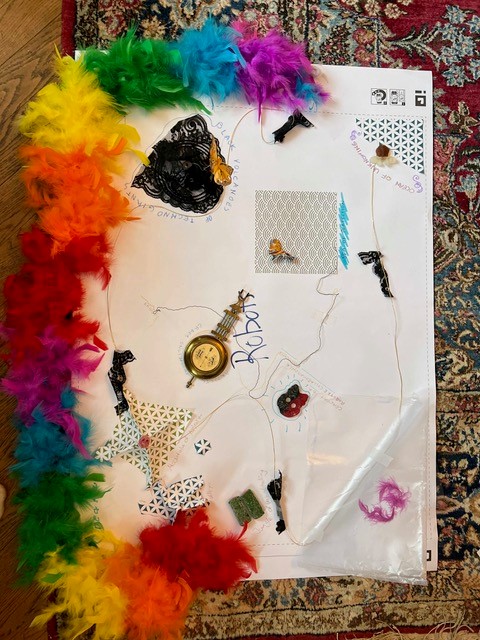
These groups were visited throughout the mapping exercises by ‘free agents’ who came in periodically and forced the cartographers to redraw, to include the free agents’ backgrounds and concerns. Finally, the groups were asked to think about what sort of imports and exports, tariffs and trade agreements their Critical Robotics geographies would have with other knowledge centers.
Of course, as critical cartography shows us, not only can one make many different types of maps, but the very practice of mapping engages, articulates and challenges the power dynamics of our worlds. Maps make some things visible at the same time as they obfuscate others. They amplify and silence relations differently. They are always POV. And they have political goals. During our afternoon discussions, we talked about this, and tried to clarify what goals we could imagine for future work – collectively and in our respective academic homes.
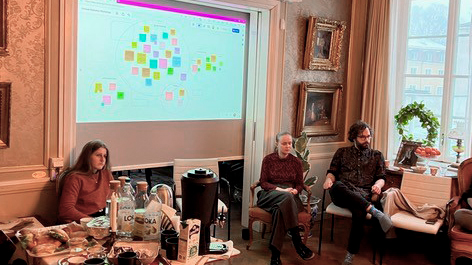
Ideas about further workshops arose, of course, as did the usual suspects of collaborative articles, special journal issues and research networks. We also talked about the importance of maintaining a critical stance within robotics, rather than breaking off into a separatist field, thereby relinquishing potential generative conversations with the metropole. Ways to maintain those conversations and connections were discussed through ideas like a summer school, the integration of creative practices into robotics educational programs, and interventions our work can have with robotics users and developers outside the academy.
REFERENCES
Serholt, Ljungblad, N Bhroin (2021) Special issue: Critical Robotics Research, AI & Society, Springer.

